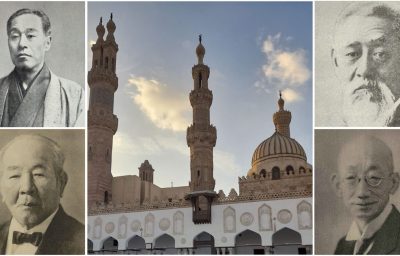COMMUNICATIONS
Borders and Interfaces: Creating Connections in a Fragmented World
In October 2021, I took up the post of associate professor at Nichibunken. My life in Japan prior to this has been spent in Kyushu and Hokkaido, regions which find and feel themselves somewhat marginalized today. I am intrigued to see what residing in the nation’s cultural capital of Kyoto will bring, even if our work here at Nichibunken is conducted on its “Outskirts.”
Indeed, this relation between centers and margins is also key to my own research, which draws upon the interdisciplinary field of border studies in order to interrogate the politics, geographies, theories, and memories of our present. I do this through research projects which range widely both temporally, encompassing the early modern to the contemporary periods, and spatially, conducted on sites located from Okinawa to Hokkaido. My studies also move beyond the limits of Japan today, following historical and contemporary connections and circulations that run between Japan and Northeast India, and out onto the islands of the Pacific Ocean.
My primary responsibility at the Center is to serve as the editor of the Japan Review journal, following the retirement of Professor John Breen after over a decade at the helm. It is a challenge to follow such a respected figure, but an exciting one. The journal serves as a crucial interface between the Center and the outside world (or the English-speaking portion of it, at least), and thus offers a window into the variety and vitality of research being conducted into and on Japan today. With the Corona pandemic still raging and opportunities for travel currently shaped by the contours of Japan’s international boundaries, the journal’s role as an interface between research communities inside and outside the country is more crucial than ever, and I look forward to nurturing this further in the years to come.

Exploring Japan’s diverse limits - on the left, a squall on Rebun Island, Hokkaido, in August 2013, and, on the right, glorious sunshine on Hateruma Island, Okinawa, in August 2018.




